Football matches are always known to bring big crowds, even before the all-seater experience. However, the 21st-century games have an average attendance high of between 70,000 and 80,000, which are still commendable figures but not the sort of crowds they once used to attract. Over the years, cup finals, international matches, and even friendly matches have drawn crowds of over 100,000 spectators.
Here are the games that have drawn record-breaking crowds in football history, Even though the games are over 90 years old, the love for the sport has not dropped a bit. The longevity just shows how much football has grown through every generation.
10. 129,690- Real Madrid 4-2 AC Milan (1956)
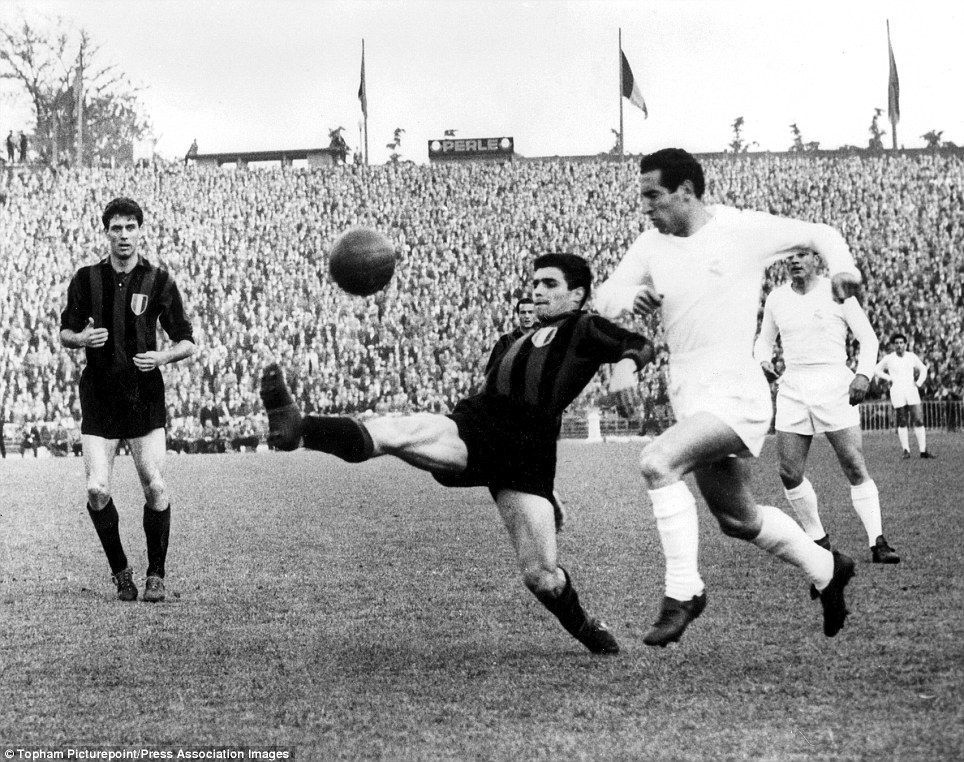
Real Madrid were in a make-or-break scenario as they had to beat AC Milan over two legs to earn a place in the final in the inaugural European Cup Final. The first leg had the highest football attendance of 129,60, still, a record at the Santiago Bernabeu, and the two giants played out with Los Blancos coming out on top with Hector Rial, Joseito, Roque Olsen, and Alfredo Di Stefano getting on the score sheet to wrap up a 4-2 victory. Despite, AC Milan’s second-leg victory, Madrid still progressed to the final on aggregate and beat Stade de Reims to win their first European trophy.
9. 131,781 – East Bengal 4-1 Mohun Bagan (1997)
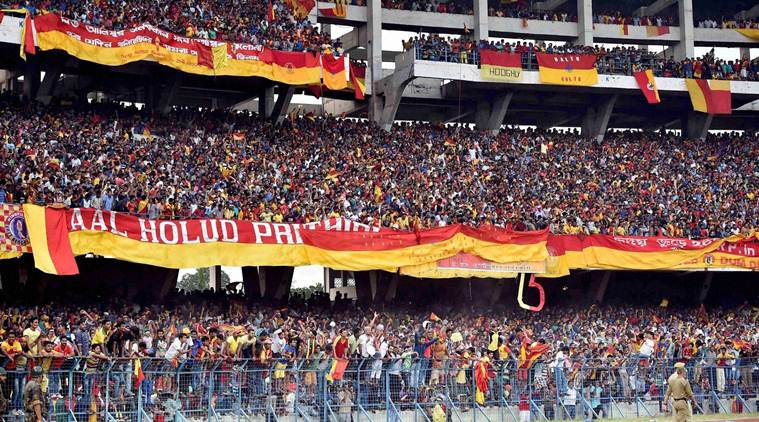
The July 1997 Kolkata derby held the record as the most-attended sporting event all over Asia. 131,781 spectators arrived and packed themselves into Salt Lake Stadium to watch bitter rivals East Bengal clash against Mohun Bagan in the semi-final of the Federation Cup, the biggest cup competition in Indian football. A hat-trick from star striker Bhaichung Bhutia, who is regarded as one of the greatest footballers in India, provided a handsome victory for his side. But, one week later, even he couldn’t prevent his side from losing 2-1 to Salgaocar in the final
8. 135,000 – Benfica 3-1 Porto (1987)

Portugal’s highest football attendance for a sporting event was recorded between arch-rivals Benfica and Porto, which supporters describe as O Classico. In January 1987, 135,000 fans walked into the gates of Estadio da Luz (Benfica’s home ground) to watch Portugal’s two most successful sides battle it out. As planned, the hosts came out on top this time, as forward Rui Aguas stole the show with a hat-trick to seal a 3-1 win for the Eagles. Later. In the season, Benfica would go on to win the league title, finishing three points more than Porto, having lost only one league match.
7. 136,505 – Celtic 2-1 Leeds United (1970)
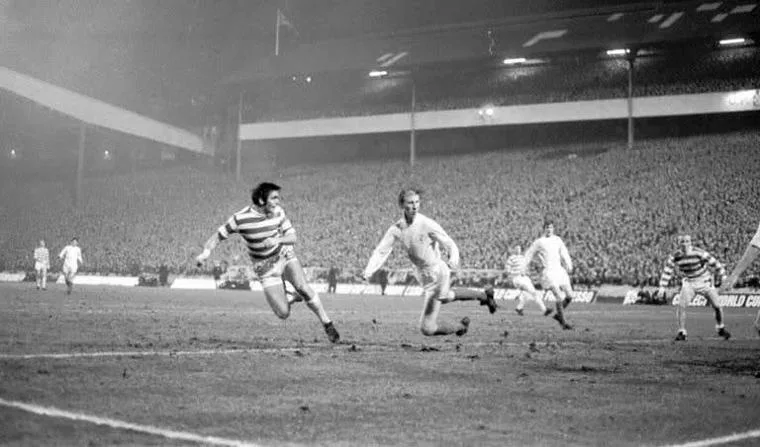
The highly dubbed ‘the Battle of Britain’, where Celtic faced Leeds United and were drawn in the semi-final of the European Cup, attracted the highest football attendance for a match in a European competition which is unlikely to be beaten. Despite the English side being the favourites, the Hoops came away narrowly with a 1-0 win in the first leg at Elland Road. The second leg were packed out at Hampden Park and goals from John Hughes and Bobby Murdoch were enough to confirm their ticket for their second-ever European Cup final, which ended 2-1 defeat under Feyenoord.
6. 138,886 – Brazil 7-1 Sweden (1950)

The 1950 World Cup was one crowd puller and this is just one of the four entrants in the list. It’s clear that the residents of the host nation, Brazil would turn up in large numbers as a total of 138,886 people packed into the Maracana Stadium, built specifically for the tournament. Brazil’s first knockout game was against Sweden, where they won 7-1 with forward Ademir scoring four, ending the day on a high for the men in yellow.
Also Read: Best Football Documentaries: Must-Watch Gems for the Fans!
5. 142,429 – Brazil 2-0 Yugoslavia (1950)
An even larger crowd had gathered eight days earlier at the Maracana Stadium final group stage match between Brazil and Yugoslavia. The European nation arrived after two consecutive victories and avoiding defeat against the hosts was their only agenda. However, the Brazilian side, gathered all the strength of the spectators present to make it a comfortable 2-0 victory, thanks to goals from Ademir and Zizinho, their place in the final stage of the World Cup was confirmed.
4. 147,365 – Celtic 2-1 Aberdeen (1937)
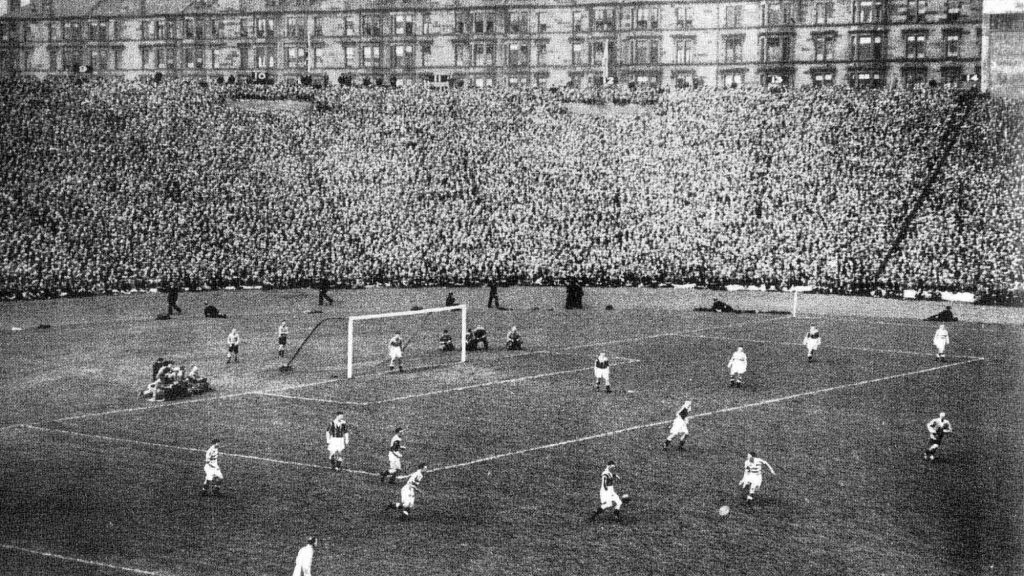
Let’s go back to club football now, as two matches at Hampden Park within a week recorded two of the four biggest attendances in football history. In the Scottish Cup final between Celtic and Aberdeen, over 147,000 spectators entered the ground. Celtic claimed their 15th Scottish Cup courtesy of goals from Johnny Crum and Willie, winning 2-1.
3. 149,547 – Scotland 3-1 England (1937)
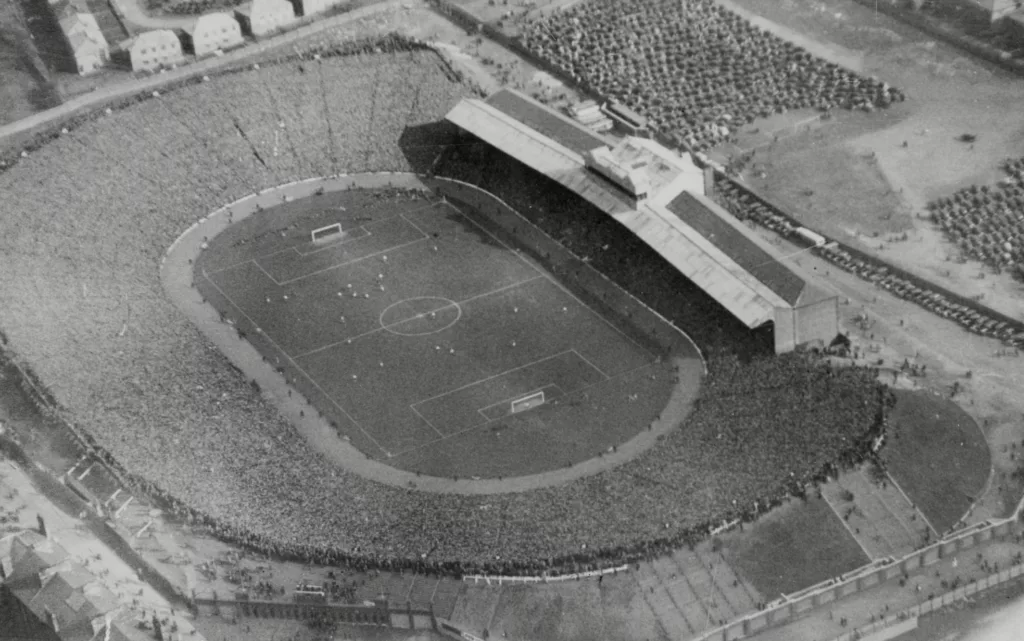
An even bigger crowd landed on Hampden Park a week before the domestic cup final to support the national side’s take on England. With the British Home Championship title already with Wales, it was a match of pride and the Scottish emerged victorious. Freddie Steele gave the Three Lions a 1-0 lead going into half-time, but a 149,000-strong Tartan Army provided the fuel for a comeback as Frank O’Donnell and Bob McPhail doubled gave a 3-1 win.
2. 152,722 – Brazil 6-1 Spain (1950)
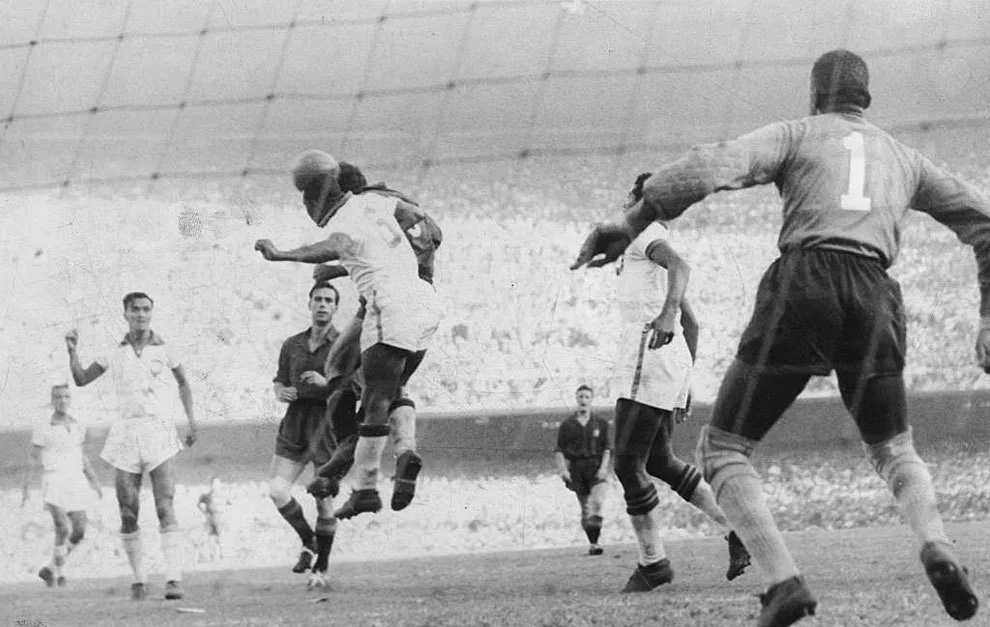
Returning back to the Maracana Stadium as Brazil’s semi-final of the 1950 World Cup saw them welcome Spain. The European side enjoyed a good tournament up until they faced the hosts, who ran riot in front of over 150,000 spectators. Ademir and Chico each bagged braces in a 6-1 triumph, with Ademir and Chico setting up an all-South American final
1. 173,850 – Brazil 1-2 Uruguay (1950)
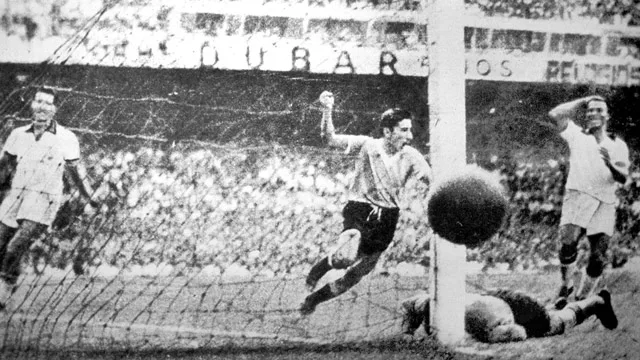
The 1950 World Cup holds on to the record for the highest attendance at a football match, with the official numbers at the Maracana Stadium being recorded as 173,850, although reports say more than 200,000 people were present. Unlike editions of the current format, the 1950 World Cup was decided by a final round-robin tournament of four teams and after Brazil had convincingly won their first two matches of the final stage, a draw against Uruguay was enough to wrap up their first-ever World Cup title. But the climax had an unexpected twist, as Uruguay came from behind to win 2-1 in one of the biggest upsets in the history of the sport and lift the trophy.
Also Read: The Best Bicycle Kicks in Football History
